How to talk to your child about emotions
Managing your feelings is tough work for adults let alone young children. Love Monster is a delightful character who provides a great role model when it comes to learning about emotional and social development. Children’s social and emotional skills begin to develop from a very young age. Building a good understanding of emotions when you’re young helps you relate to others and manage your own mental health later on. Talking openly with children about how they feel and why, enables them to start recognising and understanding different emotions.

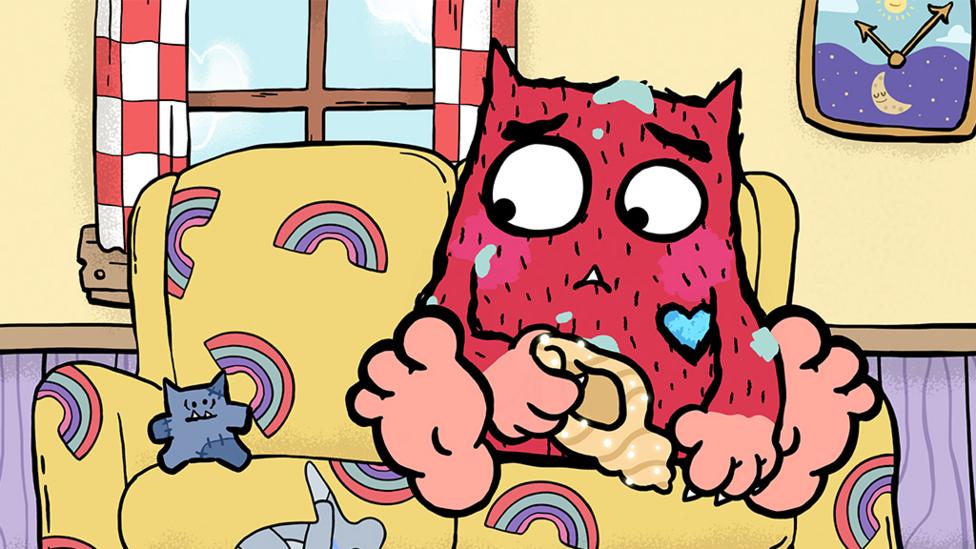
Love Monster provides an opportunity for children to learn these skills by watching the character Love Monster make connections between his feelings, bodily sensations and thoughts. The content of the programme can provide good conversation starters for parents who want to foster more emotional regulation and social problem-solving skills at home.
Have a look at these simple steps to help start a conversation with your little one and help them understand their emotions.
1. Start talking
Try asking your child to describe how they are feeling, and follow up with open questions about what’s happened to make them feel this way. For example; ‘Tell me about how you are feeling?’ or ‘What has happened to make you feel like this?’.
Being curious about a feeling rather trying to make it go away helps children learn that they can tolerate difficult emotions. Don't be too quick to try and cheer your child up or solve their problem, sitting with them and their feelings teaches them that feelings are not scary and that you can cope with them together.
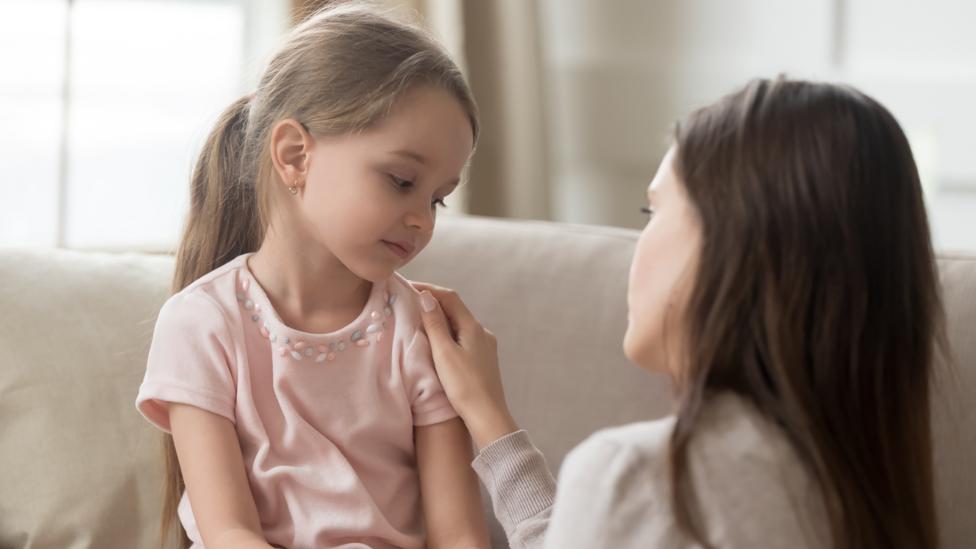
2. Name the emotion
Once your child has described how they are feeling help them name what the emotion is called. Are they feeling angry? Worried? Scared? Frustrated? Happy? Doing this will help increase their vocabulary, and make it easier to recognise the emotion the next time they experience it.
You can also help children recognise feelings in characters in the books they are reading or programs they are watching and asking them how they know what the character is feeling, this will develop links to non-verbal cues.
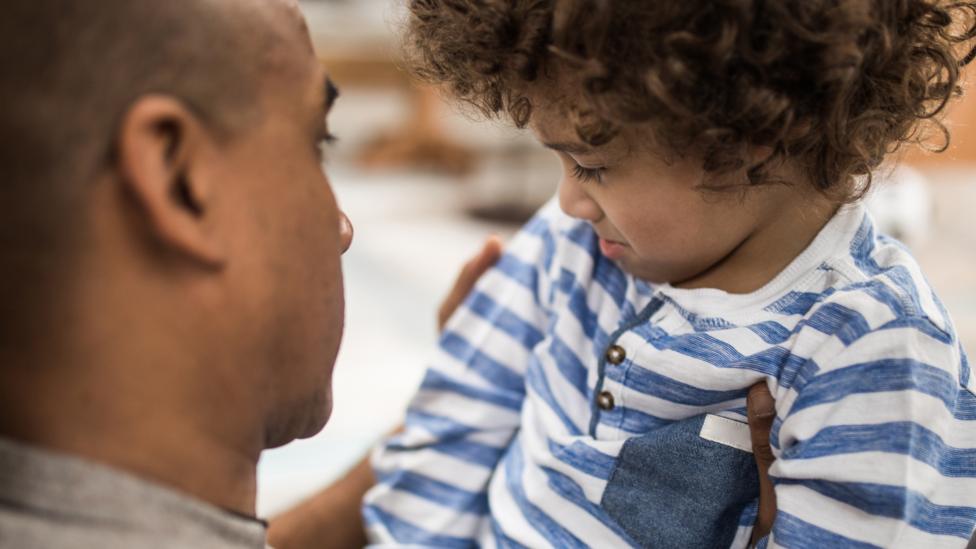
3. It’s okay to feel this way
It’s important that your child knows that it’s okay to feel different emotions, even if it’s not a nice feeling. Experiencing emotions like jealousy, envy or even feeling selfish can help us learn about ourselves and other people. Explain that we all experience challenging feelings and that it is normal to feel different things and it is good to talk about how we are feeling. Make it fun and not a big deal otherwise their emotions could be heightened, especially if they are feeling sad or anxious.
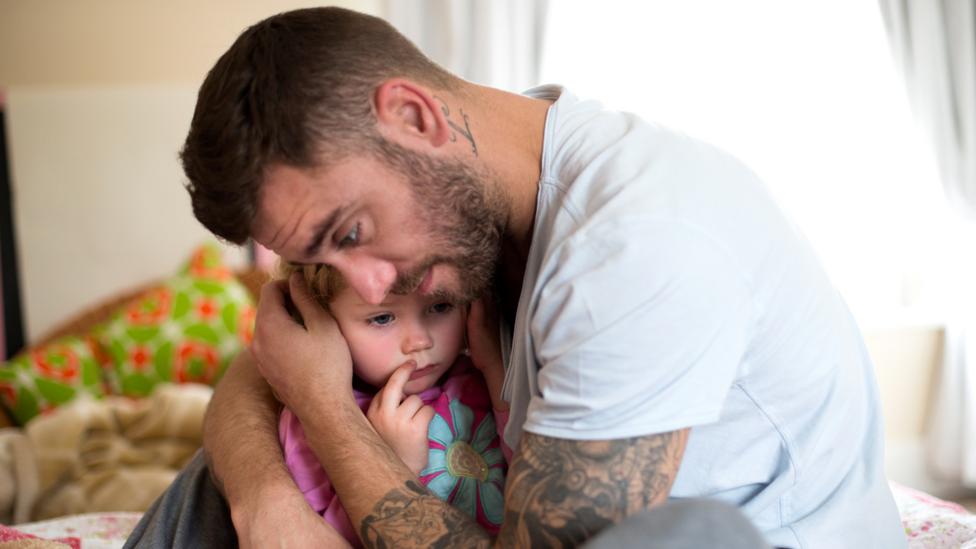
4. Feelings faces
Encouraging your child to recognise different facial expressions helps them to make connections between what they’re feeling and what that might look like. A downturned mouth can be sad, an upturned one can be happy! Play a game together where you can make different faces to go with different feelings, this will help your little one understand how different emotions can look.
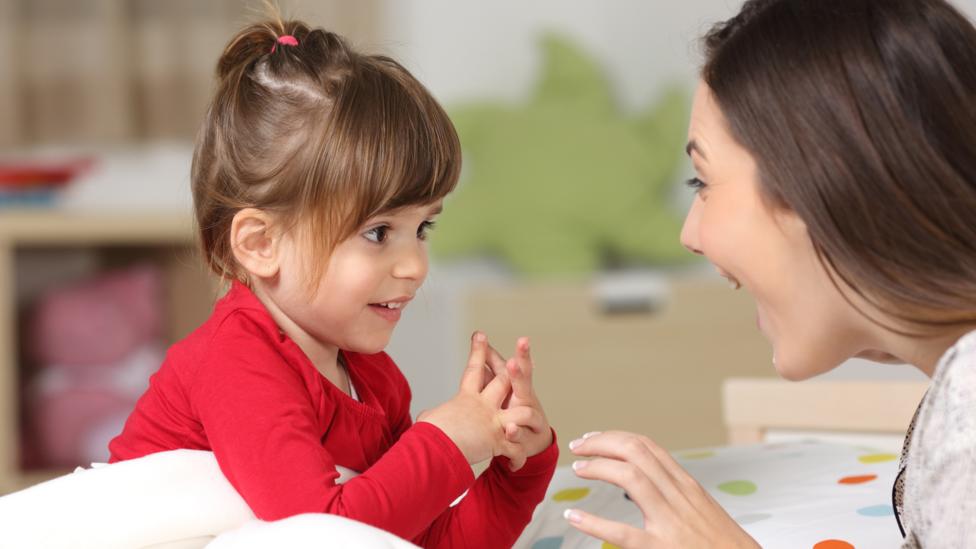
5. Share your stories
There are lots of complex emotions that might seem hard to describe to your child. Help them understand by giving examples of a time you felt this way. You could describe what happened to make you feel this way and share what you did to make yourself feel better. It can also be difficult for them to explain exactly what they are feeling, so talking about your own experiences, asking open ended questions, can really help your little one.

6. Don't be afraid to ask for help
If you find that your little one seems really anxious, upset or angry a lot of the time, and you just don't know why, it is ok to ask for help. Young children can feel scared with new emotions and they can have a lot of emotions bubbling around inside of them, they just don't know what to do with them. You can help them by talking, being completely open and honest, but if you find that you are worried or struggling yourself, it is ok to go and talk to your GP.
